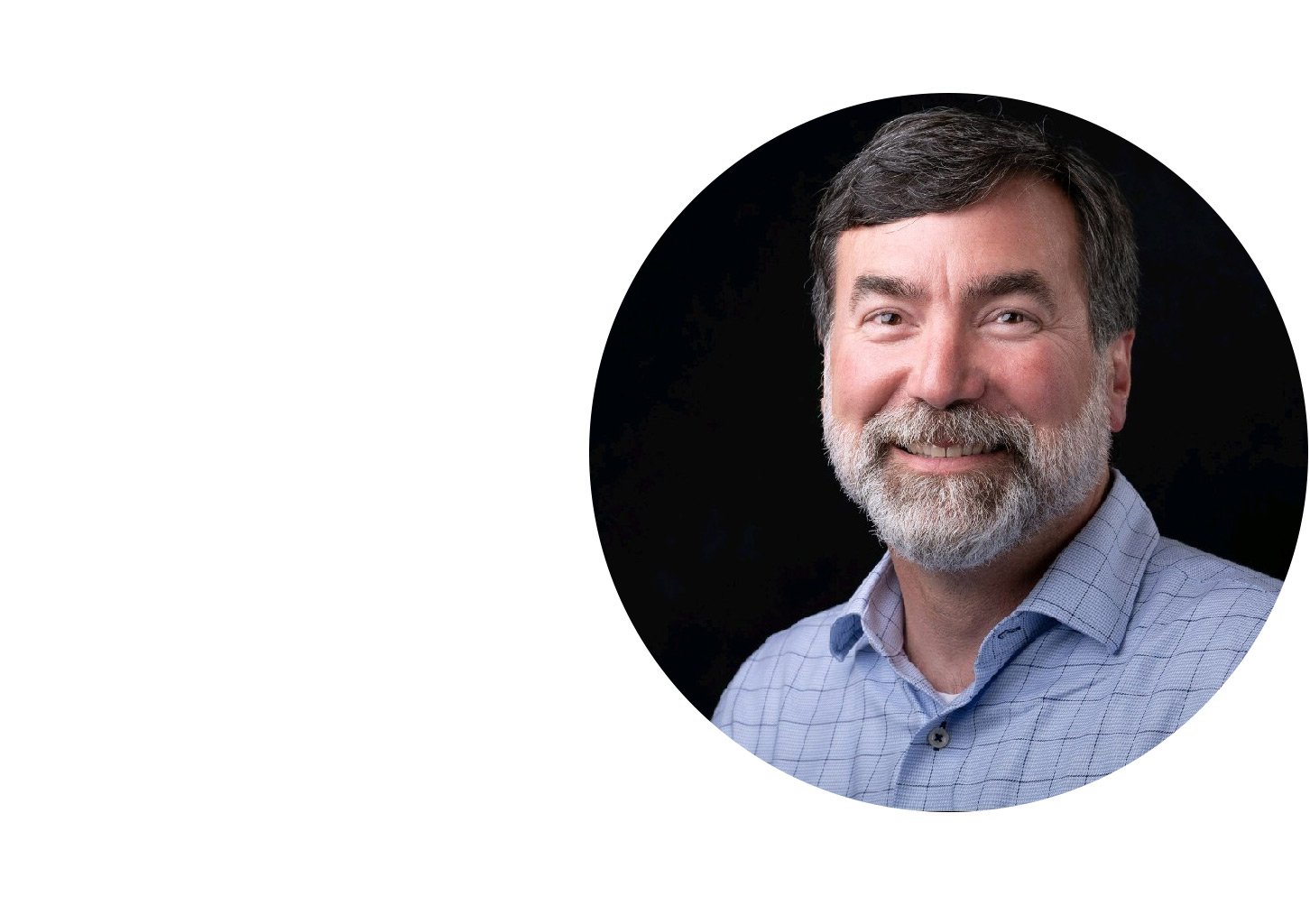For over 40 years, The Pacific Institute® has taught individuals, leaders, organizations and even countries how to increase their efficacy. Once efficacy has been won, it’s a natural next step to advance your cause. Peace leaders exhibit great efficacy. This efficacy, when combined with the cause of peace, inspires and motivates others. But cultural transformation requires more than inspiration; it requires change in the people you inspire. In this, peace leaders face the same challenges as corporate CEOs; namely, getting people to change the way they think in order to elevate performance and enhance efficacy. Let’s look further.
Leadership & Efficacy
Efficacy is your belief in your own ability to cause, to bring about or to make happen. People with high efficacy (or perceived self‐efficacy, as leading psychologists say) set bigger goals and have the confidence to bring them to fruition. Conversely, people with low efficacy don’t see themselves accomplishing ambitious goals or projects and, as a consequence, often will not even ‘waste their time’ trying. So, what’s a leader to do? Leadership is not just about your own efficacy; it is also about your ability to influence and develop other people. It’s about your belief in your ability to create a can‐do attitude in the people around you in order to raise the collective efficacy of the group. At The Pacific Institute®, we teach thinking skills to individuals and organizations. These skills build efficacy. We make the practice of building confidence a job for everyone. Understanding how the mind works, which is the business of cognitive psychology, brings out the potential in people. Leaders need efficacious people who are able to self-motivate themselves. Efficacy needs to be applied to something. You need a compelling cause—a goal, project, desire or movement that you are deeply committed to, something for which you are prepared to advocate and/or act. What is important to you? What do you care about? Ending hunger, eliminating racism, protecting the environment, ensuring affordable housing?
World Peace as Your Cause
A cause needs to be clearly defined and have a compelling ‘why’ attached to it. You must clearly understand why it is important, which means you need to be able to imagine it, give it vividness and make it real enough to embed in your subconscious. For example, when Ron Medved and I began writing World Peace, Really! One Mind @ A Time, our attraction to the cause of peace almost overwhelmed us; it was so big it defied our ability to make it real. World peace is easy enough to say, but it is much harder to make vivid and real. So we took a step backward. What if what we were trying to create was peaceful coexistence? We could imagine peaceful coexistence. We had seen it happen selectively in our own lives, in our communities, at our workplaces. And we could keep expanding this grounded idea of peace outward, from local to regional, to national, to global perspectives. As we expanded our idea outward, our cause became more vivid and real. This is the rich image — peaceful coexistence — we have embedded in our minds. We now have a cause that is clear and compelling.
Efficacy & Cause Need Each Other
If you have a great cause but low efficacy (meaning you don’t believe you can make a difference), how likely are you to invest your time and energy into making it happen? How likely are you to leave it up to somebody else? Or suppose you have high efficacy (you believe you can make things happen) but are not really sure about your cause. Again, how likely are you to invest your time and energy into making it happen? We’ve illustrated the efficacy‐cause relationship in the above matrix. The ideal is the upper-right quadrant: high efficacy, clear cause. One of the interesting things about the matrix is that as you move closer to the ideal, your accountability grows. Instead of waiting for someone else to make peace, you begin to seize opportunities to make peace in your own life. Self efficacy — the belief in your ability to make your cause happen — becomes a driver of peace in your own life and enables you to extend your belief into your community. Clarify Your Cause. The initial work is to develop clarity on your cause. The first clarity is to define the ‘why’ behind the ‘what’. What you want is world peace, but why do you want it? Answering the ‘why’ will strengthen your conviction, which in turn will help increase your efficacy. A strong ‘why’ can also build a common cause and increase collective efficacy.
Set Specific Goals
Next, set specific goals. Remember, the goal comes first, then the creativity… always. Define your goal, make it clear. Use affirmations and positive self‐talk to increase the vividness and the emotion of your goals. Doing these things will help you get to the upper-right‐hand corner of the peace matrix.
Let’s Break It Down
If you’re reading this article, our assumption is that you are interested in increasing your efficacy and clarifying your cause of peace. So, let’s break it down. The first question to ask yourself is, ‘what quadrant am I in?’
- High Efficacy – Unclear Cause (quadrant #2)?
- Low Efficacy – Clear Cause (quadrant #3)?
- High Efficacy – Clear Cause (quadrant # 4)?
In our matrix, let’s look at efficacy first. One way to think about efficacy is as three dimensions: individual, leadership and organization efficacy. A fourth could be community efficacy, but we will talk about that a little later.
Individual Efficacy
Individual efficacy can be explained simply as a ‘can do’ attitude. ‘I believe in myself and I am pretty effective in getting things done.’ But in order to be effective and meaningful in the world, it needs to be connected to a cause. This is a consistent principle in all four dimensions. If you are in quadrant #3, you may have a clear interest in peace, but you’re not sure what to do to promote or achieve peace. ‘Sure, peace is important, but what can I do?’ You need to enhance your efficacy—the belief in your ability to cause, bring about or make happen. If you are a highly efficacious person but are not clear on your cause, you are likely in quadrant #2. ‘Yeah, let’s do it… but tell me again why we’re doing it?’ If you can clarify your cause, make it richer and more compelling, you will soon find yourself in quadrant #4. And ultimately, you want to be in quadrant #4.
Leadership Efficacy
Effective leaders have a belief: ‘I am a good leader who can get my team to perform effectively’. You can probably name examples of good leaders who get things done. These are quadrant #4 leaders. No doubt you can also think of leaders who have lots of energy and a resume of accomplishments, but who are not really focused on the ‘what’ and ‘why’ of a current mission. Without clarity of focus, it is hard to follow these quadrant #2 leaders. Then there are leaders who have a clear purpose and strong goal, yet are not as effective as they could be when it comes to helping others achieve the same level of confidence and purpose. These quadrant #3 leaders need to increase their efficacy.
Organization Efficacy
The organizational dimension builds on individual and leadership efficacy. Good leaders may have high efficacy and get things done, but great leaders build a culture of efficacy among the people they lead. They facilitate a sense of ‘we’ and provide great clarity on the cause by getting the group to establish and live by collective values. This is the difference between a good leader and a great leader, a good organization and a great organization. The collective mindset is ‘we are clear; we are committed; we are making a difference’ and, finally, ‘we are a best-in-class organization’.
How Do You Lead a Movement?
Can you think of any leaders like this? For me, two who immediately spring to mind are Gandhi and Martin Luther King Jr. What was so amazing is that they not only galvanized large groups of people to embrace a common cause, they also attracted other efficacious people, from within their own communities and from the broader society. These leaders developed collective efficacy around a common cause. This is what I referred to earlier as the fourth dimension of community (or country). When a leader with no formal power can engage a group of people and lead them into believing they can bring about change, you have the beginnings of the most important stories in history.
Is Peace Possible?
If you look at significant movements or successful organizational efforts in the world, you will find they all share these common ingredients. They are championed by efficacious leaders who not only get things done, but who also build a culture of efficacy among the people they lead and provide great clarity on a common cause. This peace matrix is meant as a tool, one you can use to assess how well you are doing as a peace leader.
- Which quadrant are you in?
- What part of your development as a leader do you need to work on?
We can help you no matter what dimension (individual, leadership, organization) or which quadrant you are in. The Pacific Institute®’s body of work — 40 years’ worth — is available to help you increase your efficacy as well as develop a clear and compelling cause.
Featured posts
May 16, 2023
May 16, 2023
May 16, 2023





